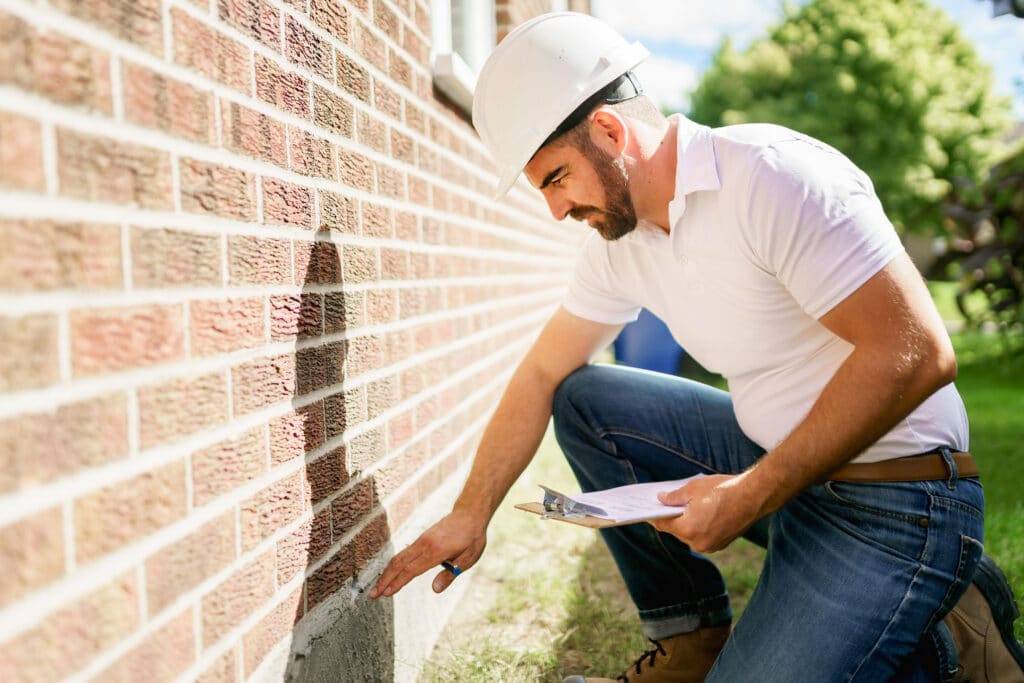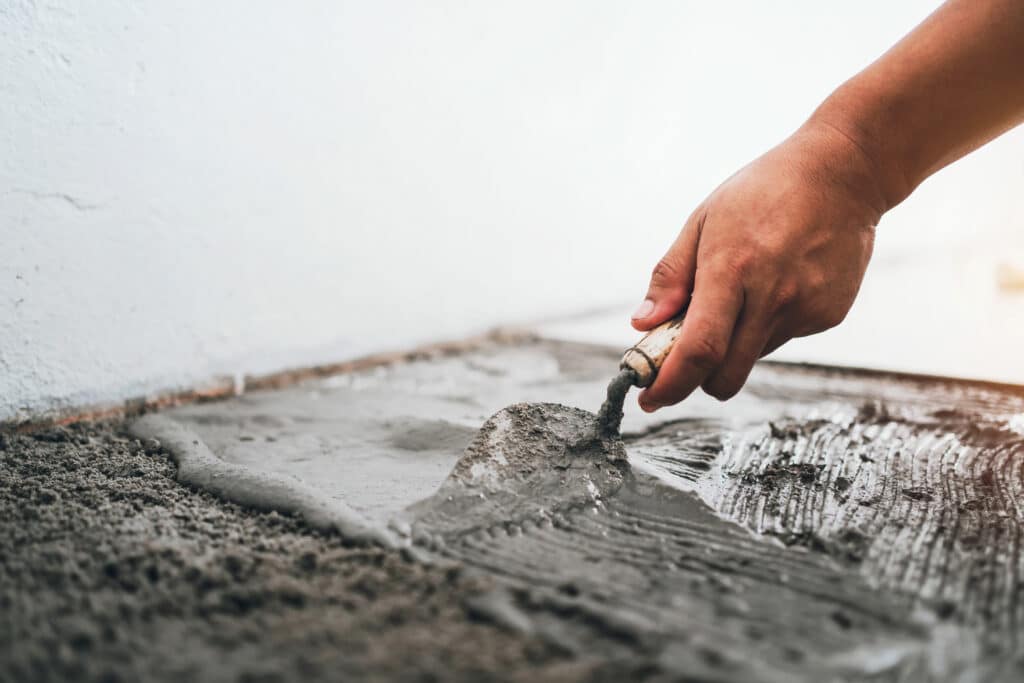Common Causes of Foundation Problems in Minneapolis
Foundation issues have several possible causes. Here are the most prevalent ones for Minneapolis residents:
- Topsoil Frost: When temperatures plunge, topsoil freezes rapidly and lower layers can't expand, forcing upper layers to heave and permanently damage infrastructure.
- Standing water: Standing water around your home can threaten your foundation, especially when it collects in areas your drainage system doesn't cover.
- Improper modifications: Landscaping or roofing work that wasn't done properly could lead to your foundation settling.
- Aging plumbing: The average Minneapolis home construction year is 1971. If you live in an older home, it's likely to have cast-iron plumbing. When the pipes start eroding, leaking water could reach your foundation and even pool beneath it.
How to Choose the Best Foundation Repair Company
Your home's foundation is vital to its stability, so it's important to work with a trustworthy foundation repair contractor. Evaluate each provider using the following factors:
Licensing and Experience
Minnesota foundation repair companies need both a residential building contractor and residential remodeler license from the Department of Labor and Industry. The former license lets a company work on new construction, while the latter allows it to modify and repair existing foundations. Business owners need to take 14 hours of continuing education to renew a license. If a contractor makes less than $15,000 from foundation work, they can apply for a Certificate of Exemption and do not need a license. To further understand your contractor's experience, we recommend asking questions about how its team will draft plans and pull permits, how the company inspects foundations, and what local codes apply to your project.
Another way to evaluate a company's credibility is to look at its website. There, you can learn how long it's been in business and its trade qualifications. It might also share knowledge and insights through blog posts, podcasts, or videos.
Customer Reviews
We advise looking into the company's Better Business Bureau (BBB) profile to find out whether it's accredited and has a good customer review score. You can check whether other homeowners have shared satisfaction or filed complaints. Pay special attention to what customers say about company warranties. Complaints don't mean a contractor is unreliable. BBB reviews show how the company addressed complaints. It's a positive sign if the company has settled issues favorably and proactively. You should stay away from a company with more negative reviews, no certifications, and no communication regarding issues.
Foundation Repair Cost in Minneapolis
The cost of foundation repair can range quite widely based on the extent of the problems and what must be done to fix them. For minor foundation cracking and settling problems, you may pay as little as $1,800. However, if there is significant destruction, the average cost will be around $3,100. More intricate jobs involving digging, helical piers, or extensive concrete leveling could run you $6,900. This table shows the average foundation repair costs for common issues.
| Common Foundation Repair Services | Average Cost |
|---|---|
| Crack Repair | $360 |
| Leak Repair | $2,913 |
| Stabilization | $5,058 |
| Underpinning | $1,381 |
| Waterproofing | $3,220 |
Ready to Get a Quote on Your Foundation Repair Project?
Please enter a valid 5-digit zip code!
Frequently Asked Questions About Foundation Repair in Minneapolis
What will I pay to repair my foundation in Minneapolis?
Is foundation repair covered under my homeowners insurance?
What preventive measures can I take to avoid foundation issues?
- Ensure your home's gutters and downspouts are properly installed and direct water away from your foundation to prevent water accumulation.
- Irrigate the soil around your foundation consistently, especially during dry spells, to prevent expansion and shrinking.
- If possible, grade the soil around your home to slope away from your foundation, encouraging water drainage and reducing the risk of foundation issues.
- Keep an eye on your foundation for signs of damage, and address any issues immediately.
Will foundation repair disrupt my daily routine while the work's being done?
That said, foundation repair crews operate heavy machinery, and you'll occasionally experience loud noises or tremors. If either of these will disturb you, you might prefer to leave and return when the crew is finished.
To share feedback or ask a question about this article, send a note to our Reviews Team at reviewsteam@thisoldhousereviews.com.
More Foundation Resources
National Foundation Repair Ranking Methodology
Sources
U.S. Census Bureau (American Communities Survey)
















